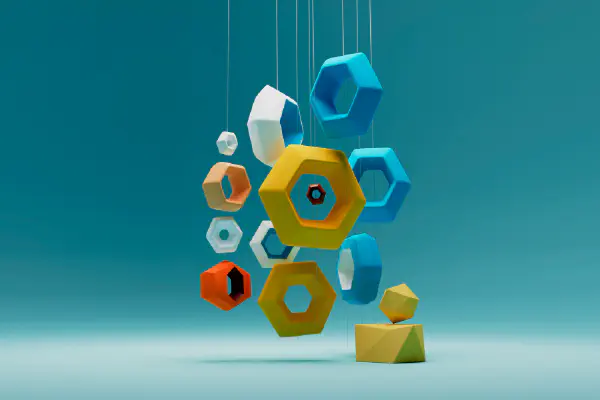
Image processing is the manipulation of images using computer algorithms. It is a powerful tool that can be used for a variety of tasks, including enhancing images, restoring damaged images, and creating new images from existing ones.
In recent years, image processing has become increasingly popular in the field of 3D art.
Artists and designers are using image processing to create new and innovative 3D models, textures, and animations.
Here are a few examples of how image processing is being used in 3D art:
- Creating photorealistic 3D models:
- Image processing can be used to create photorealistic 3D models of real-world objects. This is done by taking multiple photographs of the object from different angles and then using image processing to stitch the photos together into a 3D model.
- Creating realistic textures:
- Image processing can be used to create realistic textures for 3D models. This is done by taking photographs of real-world materials, such as wood, metal, or stone, and then using image processing to enhance the textures and make them look more realistic.
- Creating stylized textures:
- Image processing can also be used to create stylized textures for 3D models. This is done by manipulating the image data to create new and unique textures. For example, an artist could use image processing to create a texture that looks like a painting or a cartoon.
- Creating animation effects:
- Image processing can be used to create animation effects, such as morphing and particle effects. Morphing is the process of transforming one image into another image. Particle effects are small objects that can be animated to create effects such as smoke, fire, and explosions.
Image processing is a powerful tool that can help artists and designers push the boundaries of creativity in 3D art. By using image processing, artists can create new and innovative 3D models, textures, and animations that would not be possible otherwise.
Here are a few specific examples of how artists are using image processing in their work:
Digital artist Beeple uses image processing to create his daily animations. He often uses artificial intelligence to generate new images, which he then manipulates using image processing software.
Concept artist Syd Mead used image processing to create his iconic concept art for films such as Blade Runner and Tron. He would often start by creating sketches of his ideas, which he would then scan into a computer and manipulate using image processing software.
Game developer Naughty Dog uses image processing to create the realistic textures and animations for its games. For example, the company used image processing to create the fur on the animals in its game Uncharted 4: A Thief’s End.
These are just a few examples of how image processing is being used in 3D art. As image processing technology continues to develop, we can expect to see even more innovative and creative uses of image processing in 3D art in the future.